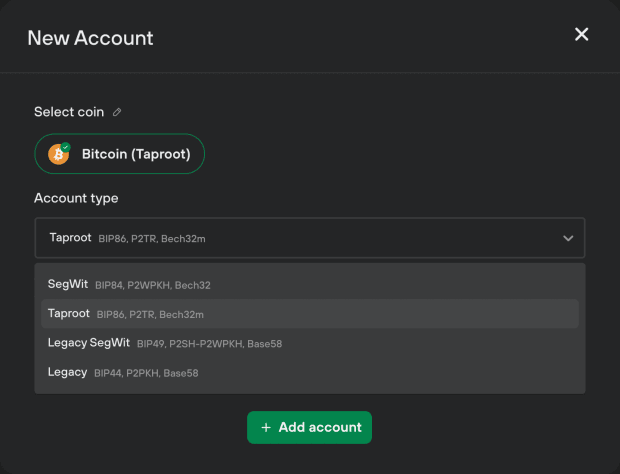Bitcoin Core 22.0 Explained
The Van Wirdum Sjorsnado has rebranded, and is now called Bitcoin, Explained!
Watch This Episode On YouTube
Listen To This Episode:
- Apple
- Spotify
- Libsyn
- Overcast
In this episode of Bitcoin, Explained, hosts Aaron van Wirdum and Sjors Provoost discuss Bitcoin Core 22.0, the latest major release of the Bitcoin Core software client, currently the de facto reference implementation of the Bitcoin protocol.
Van Wirdum and Provoost highlight several improvements to the Bitcoin Core software. The first of these is hardware wallet support in the graphical user interface (GUI).
While hardware wallet support has been rolling out across several previous Bitcoin Core releases, it is now fully available in the GUI.
The second highlighted upgrade is support for the Invisible Internet Project (I2P), a Tor-like internet privacy layer.
Van Wirdum and Provoost also briefly touch on the differences between I2P and Tor. The third upgrade discussed in the episode is Taproot support. While Taproot activation logic was already included in Bitcoin Core 0.21.1 Bitcoin Core 22.0 is the first major Bitcoin Core release ready to support Taproot when it activates this November, and includes some basic Taproot functionality.
The fourth upgrade that Aaron and Sjors discuss is an update to the testmempoolaccept logic, which paves the way to a bigger package relay upgrade. This could in a future release allow transactions to be transmitted over the Bitcoin network in packages including several transactions at the same time.
Additionally, Aaron and Sjors briefly discuss an extension to create multisig and add multisig address, the new NAT-PMP option, and more.









